Beyond the well-known spots, the Great Smoky Mountains hide lesser-known trails leading to breathtaking views, refreshing swimming holes, historic sites, and peaceful escapes.
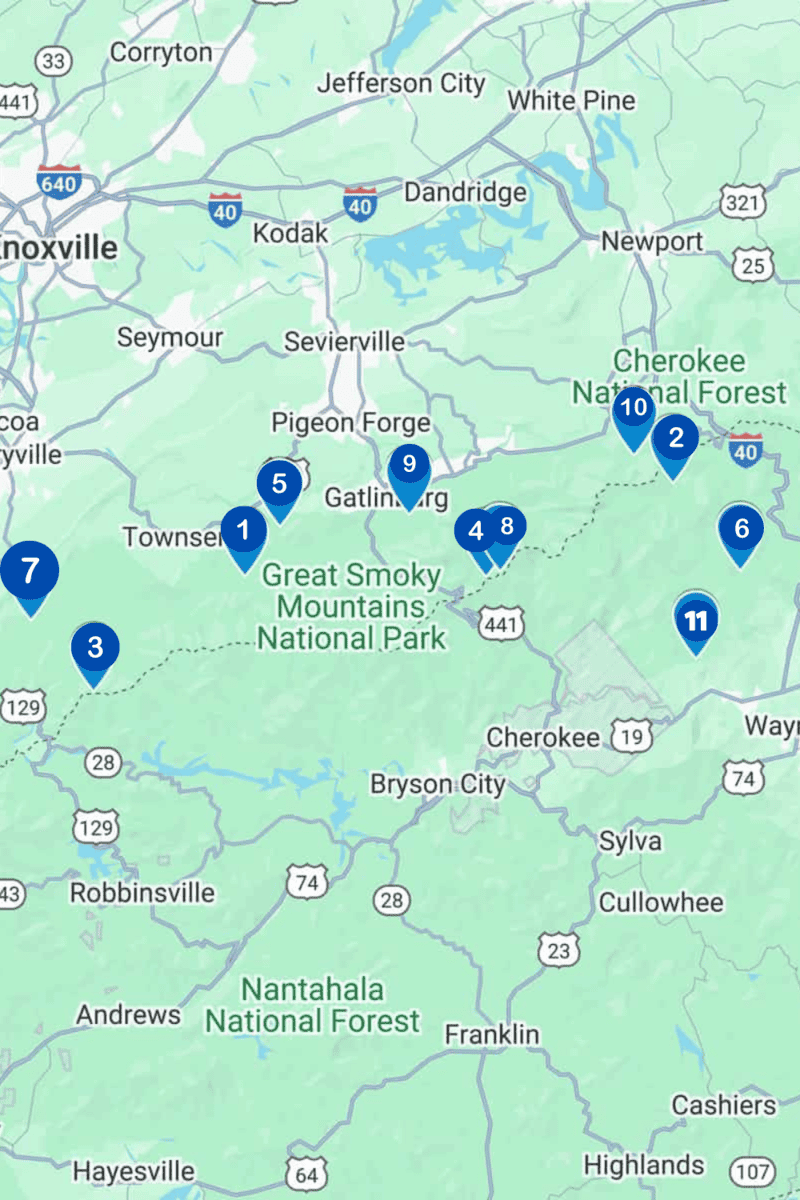
Venture off those crowded paths and discover these 11 hidden gems. From a stunning multi-tiered waterfall to a peaceful valley perfect for wildlife viewing, you'll find beauty, adventure, and solitude in these overlooked park treasures.
Read on and let us unveil the park's hidden wonders awaiting your next visit!
1. Spruce Flats Falls
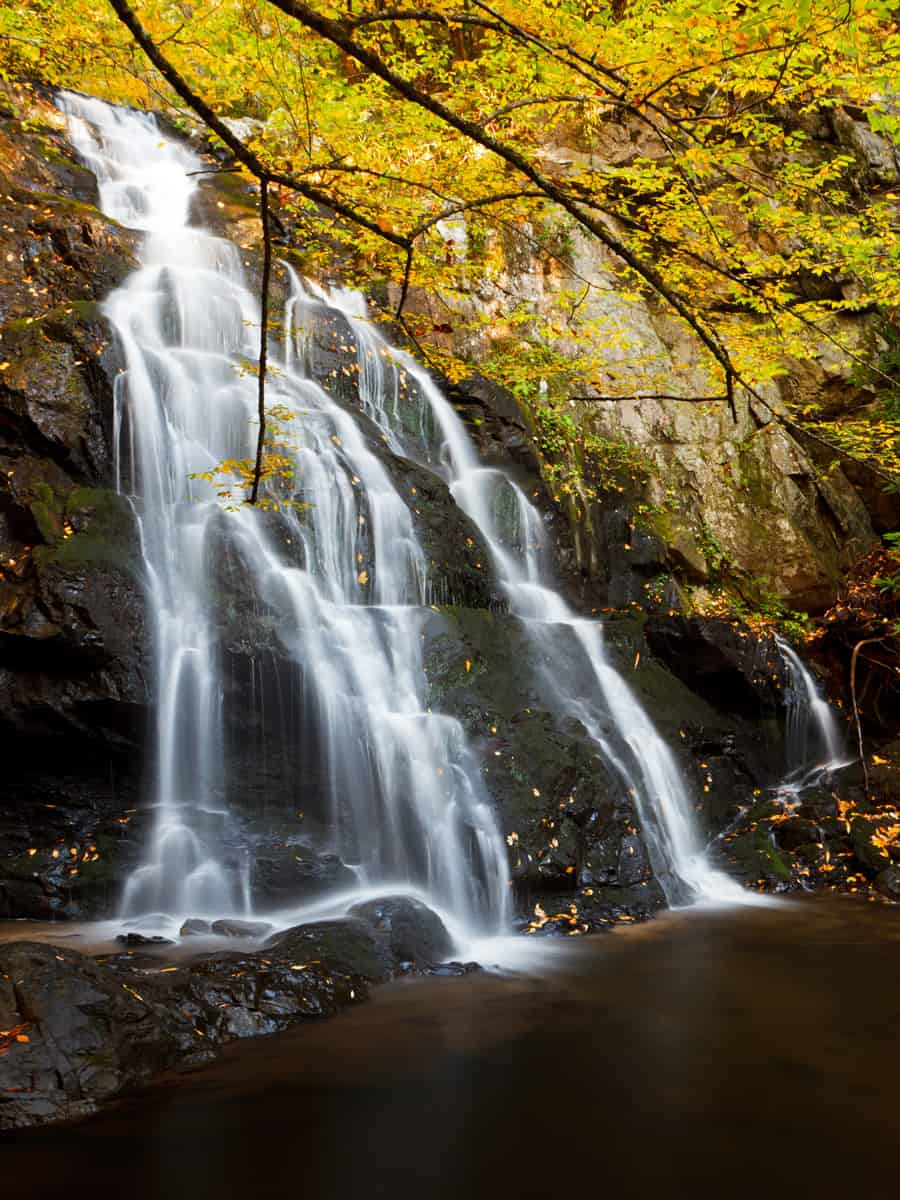
Spruce Flats Falls is a hidden gem not marked on official park maps in the Tremont section of the Great Smoky Mountains. This waterfall is accessible via a moderate 2.0-mile round-trip hike, starting from the Great Smoky Mountains Institute at Tremont.
The trail is known for its rocky and steep sections, especially as you approach the falls, making it an adventurous journey through the park's lush forests.
The final descent to the waterfall is particularly rugged, with exposed tree roots and rocks requiring careful navigation.
Yet, the reward is a stunning, multi-tiered waterfall that plunges about 30 feet into a picturesque plunge pool, creating a serene spot to enjoy the natural beauty of the Smokies.
2. Midnight Hole
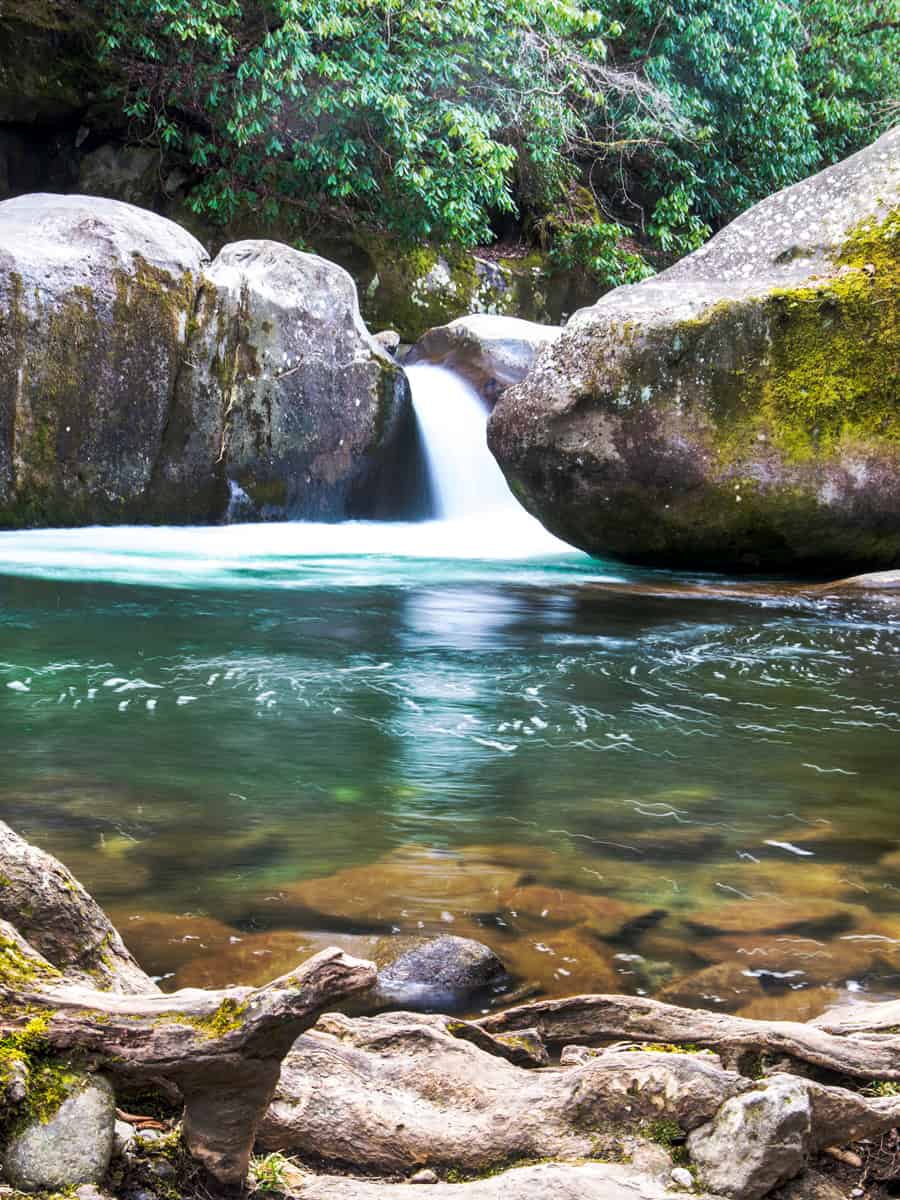
Midnight Hole is a stunning natural swimming hole located in the Big Creek section of the Great Smoky Mountains National Park.
This deep, clear pool lies below a charming 6-foot waterfall, surrounded by large boulders, making it a perfect spot for swimming, jumping, or just relaxing beside the cool waters.
The hike to Midnight Hole is a moderate 2.8-mile round trip, offering visitors the chance to immerse themselves in the park's tranquility while enjoying the refreshing waters.
The area is not handicap accessible, and pets are not allowed on this trail, ensuring a serene environment for all visitors.
It's important to come prepared with standard day hiking gear, a bathing suit, water shoes, and towels, especially during the busy summer when the site can see many visitors. For safety and to preserve the area's natural beauty, visitors are reminded not to climb on rocks around the water, as they can be slippery and dangerous.
3. Gregory Bald
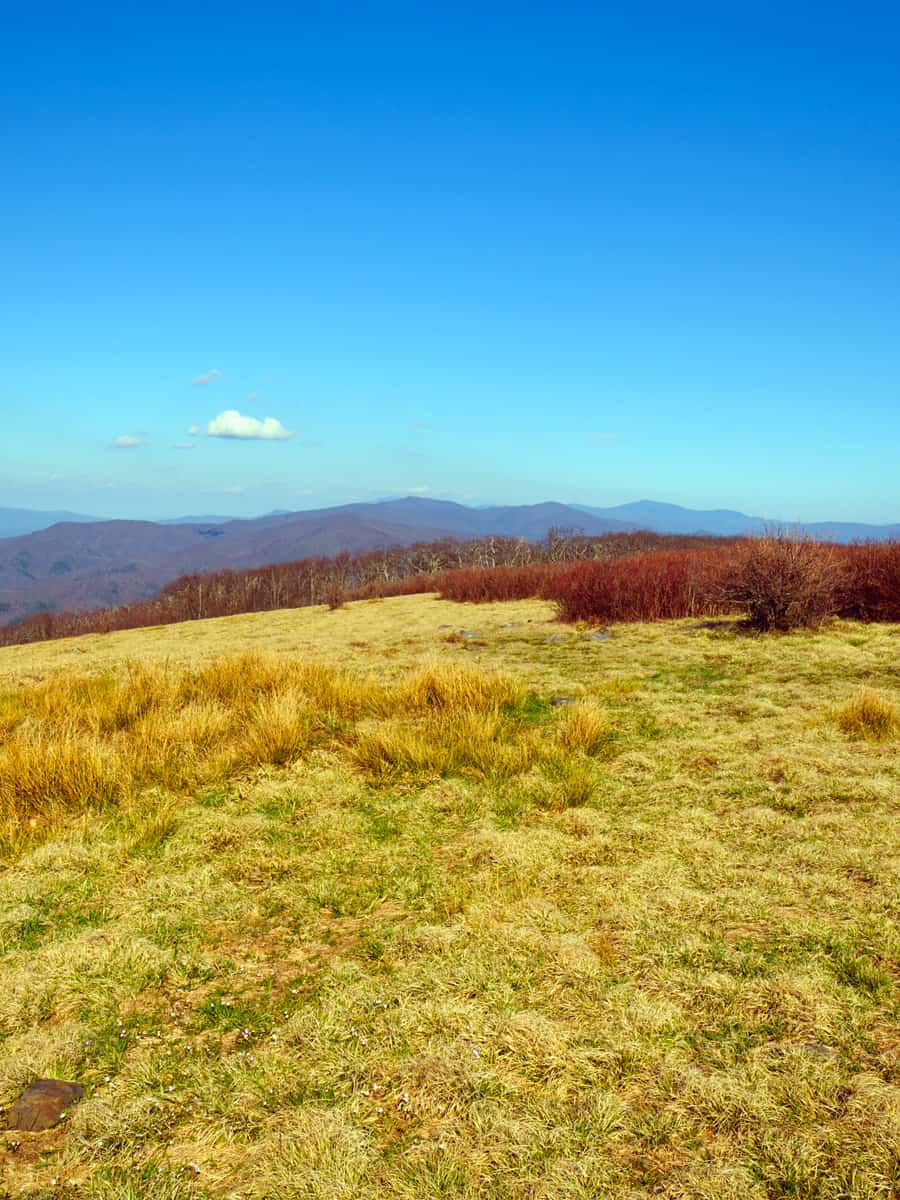
Gregory Bald is celebrated for its stunning flame azaleas and panoramic vistas. Late spring to early summer sees the bald adorned in vibrant yellow, orange, red, and pink hues when the azaleas bloom, creating a breathtaking natural display.
The hike to Gregory Bald, via the Gregory Bald Trail from Cades Cove, spans about 8.8 miles round trip with a 3,000-foot elevation gain, offering a challenging yet rewarding experience through diverse forests, streams, and the azalea-covered bald.
Late June to early July is the peak blooming period, making it the ideal time to witness the azalea spectacle. However, the bald's expansive views make it a beautiful destination year-round.
Hikers should be physically fit and prepared for a full day's hike, carrying ample water, high-energy snacks, a map, and appropriate gear for changing mountain weather. Staying on designated trails and avoiding flower picking or wildlife disturbance is essential to protect this unique ecosystem.
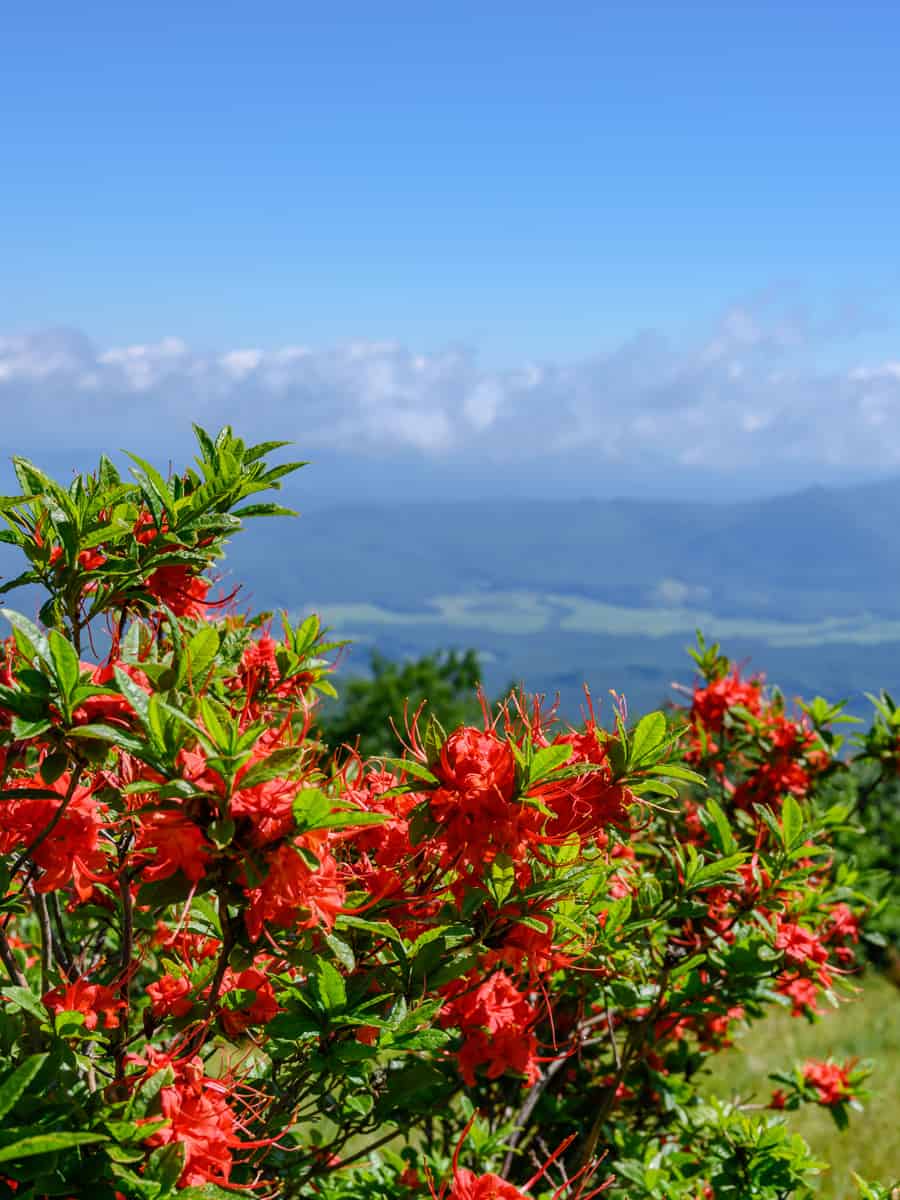
Reaching Gregory Bald and experiencing the panoramic views and azalea bloom is often described as magical. Solitude seekers may prefer visiting on weekdays or during the off-peak season, and bringing a camera and trekking pole is advisable.
Wildlife precautions are necessary, particularly regarding black bears, and visitors should be mindful of proper food storage. Amenities are available at the trailhead in Cades Cove, but early starts are recommended to avoid congestion on the loop road during peak seasons.
4. Charlies Bunion via The Quiet Walkway
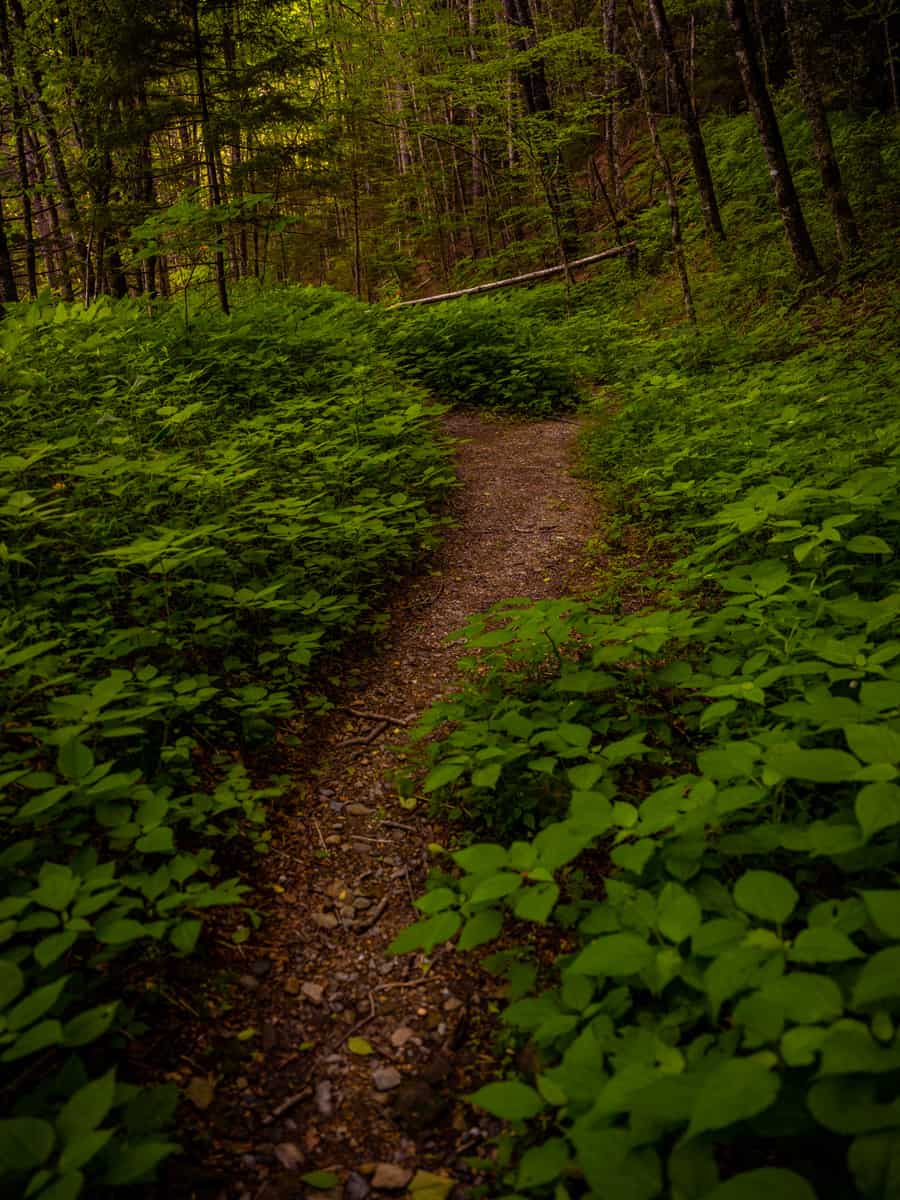
Charlies Bunion via the Quiet Walkway offers hikers a serene yet challenging adventure. This less-traveled route, renowned for its rugged terrain, offers a unique and less crowded experience amidst the Appalachian wilderness.
The trail spans approximately 8 miles round trip and features an elevation gain of over 1,600 feet, classified as strenuous, making it suitable for experienced hikers. While no permits are required for day hikes, parking can be limited, so arriving early is advisable.
The Quiet Walkway leads adventurers through a forested path before reaching the iconic Charlies Bunion rock outcropping, which offers panoramic views of the Smoky Mountains. Along the way, hikers can immerse themselves in diverse flora and fauna.
Due to unreliable cell service, bringing a map, compass, or GPS device for navigation is essential. Early morning light is recommended for photography enthusiasts, as Charlies Bunion provides a unique perspective of the Appalachian wilderness.
5. Little Greenbrier Schoolhouse
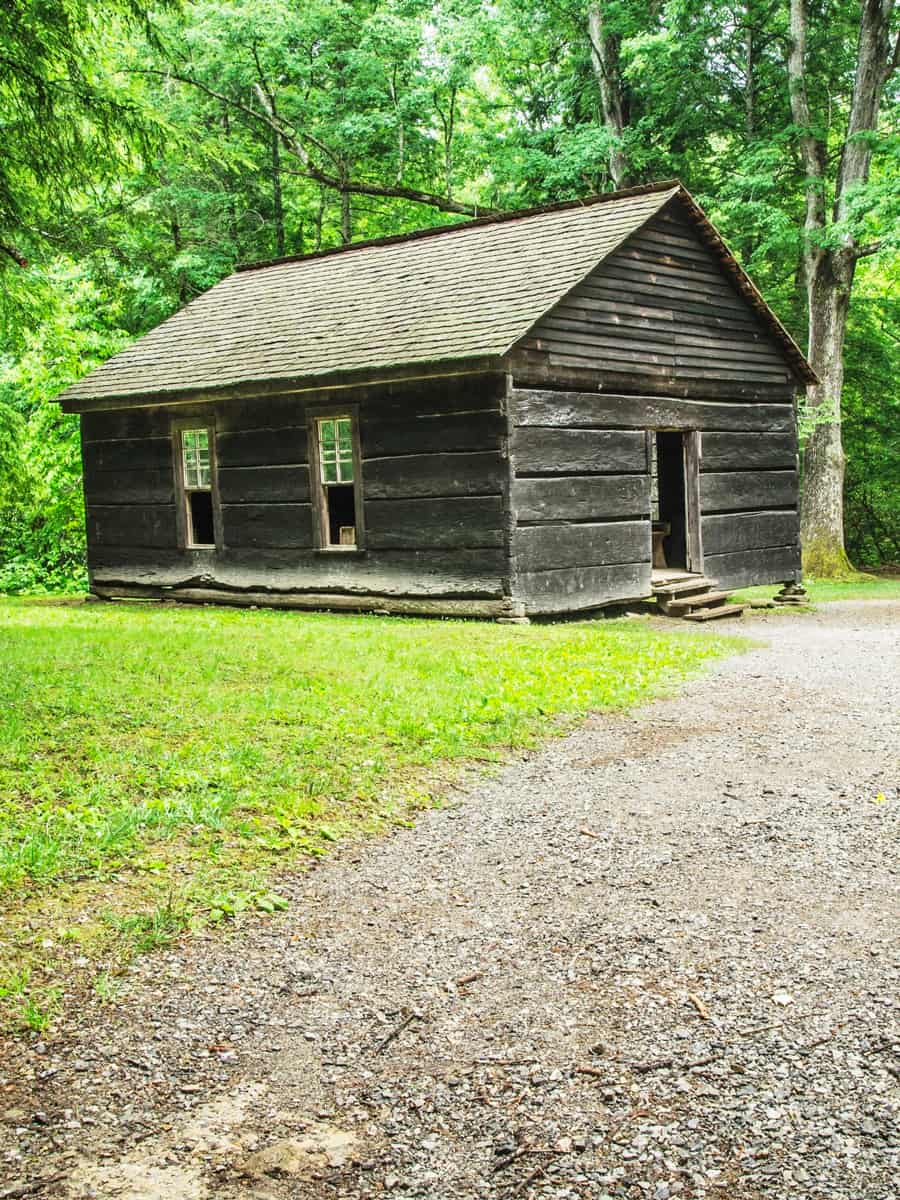
The Little Greenbrier Schoolhouse, near the Metcalf Bottoms Picnic Area, provides a captivating glimpse into 19th-century mountain community life in the Smokies.
This well-preserved school and church building is open year-round during daylight hours, with potential guided tours offered by the National Park Service for a deeper historical perspective.
While the path to the schoolhouse is relatively easy, it may not be wheelchair-accessible due to the natural terrain.
The Little Greenbrier Schoolhouse served as both a school and community church, playing a central role in early settlers' lives, offering education and a gathering space.
Nearby attractions include the Metcalf Bottoms Picnic Area, ideal for picnics by the river, and the Walker Sisters Cabin, which is within hiking distance and offers more insights into the area's history.
Teachers and parents may consider it an excellent educational outing for children, offering a real-world connection to American history and the evolution of education.
6. Cataloochee Valley
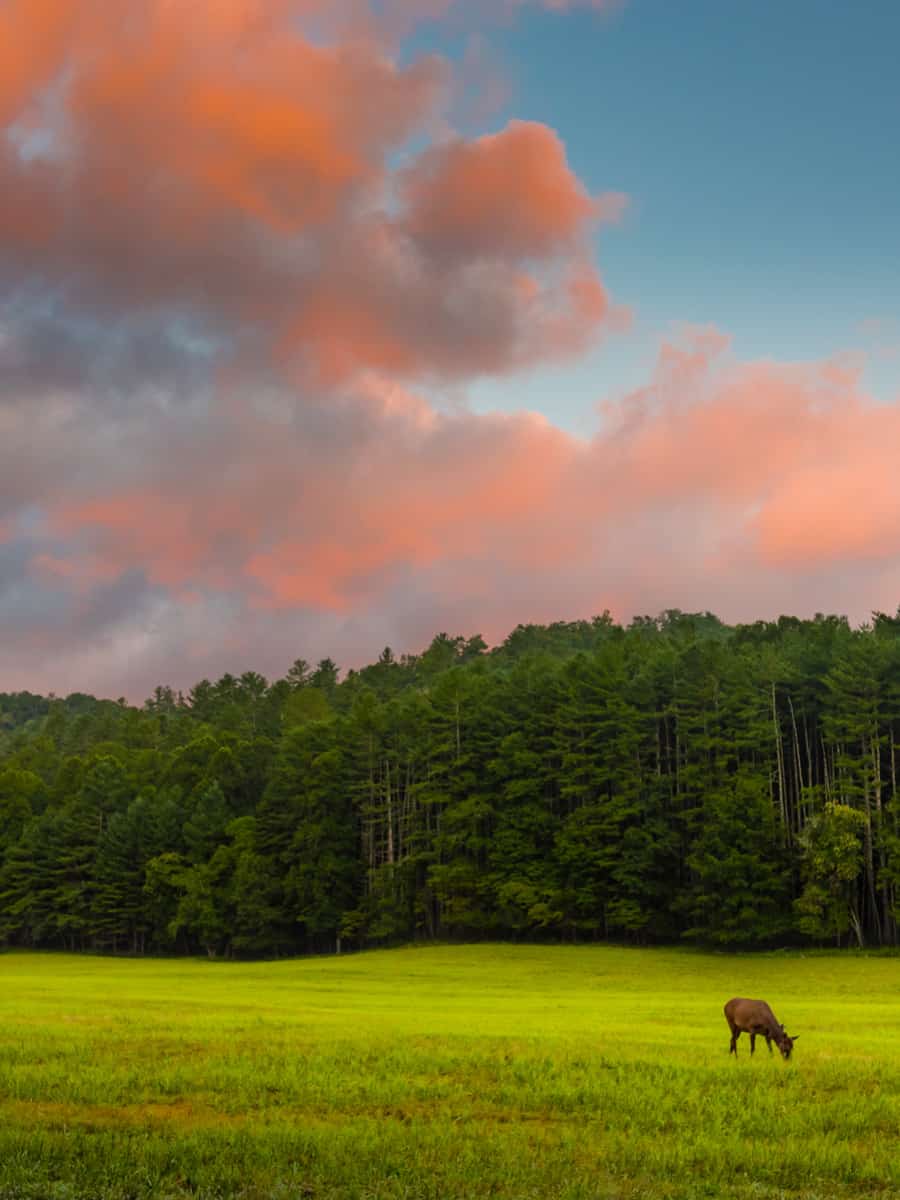
Cataloochee Valley is a remote area that showcases both the park's natural beauty and its rich cultural history. Famous for its thriving elk population, historic structures, and breathtaking landscapes, the valley provides a rare opportunity for wildlife viewing and historical exploration.
Visitors are reminded to observe wildlife, especially elk, from a safe distance and avoid feeding them to ensure both the animals' and visitors' safety. The best times for elk viewing are early morning and late evening, particularly during the spring and fall.
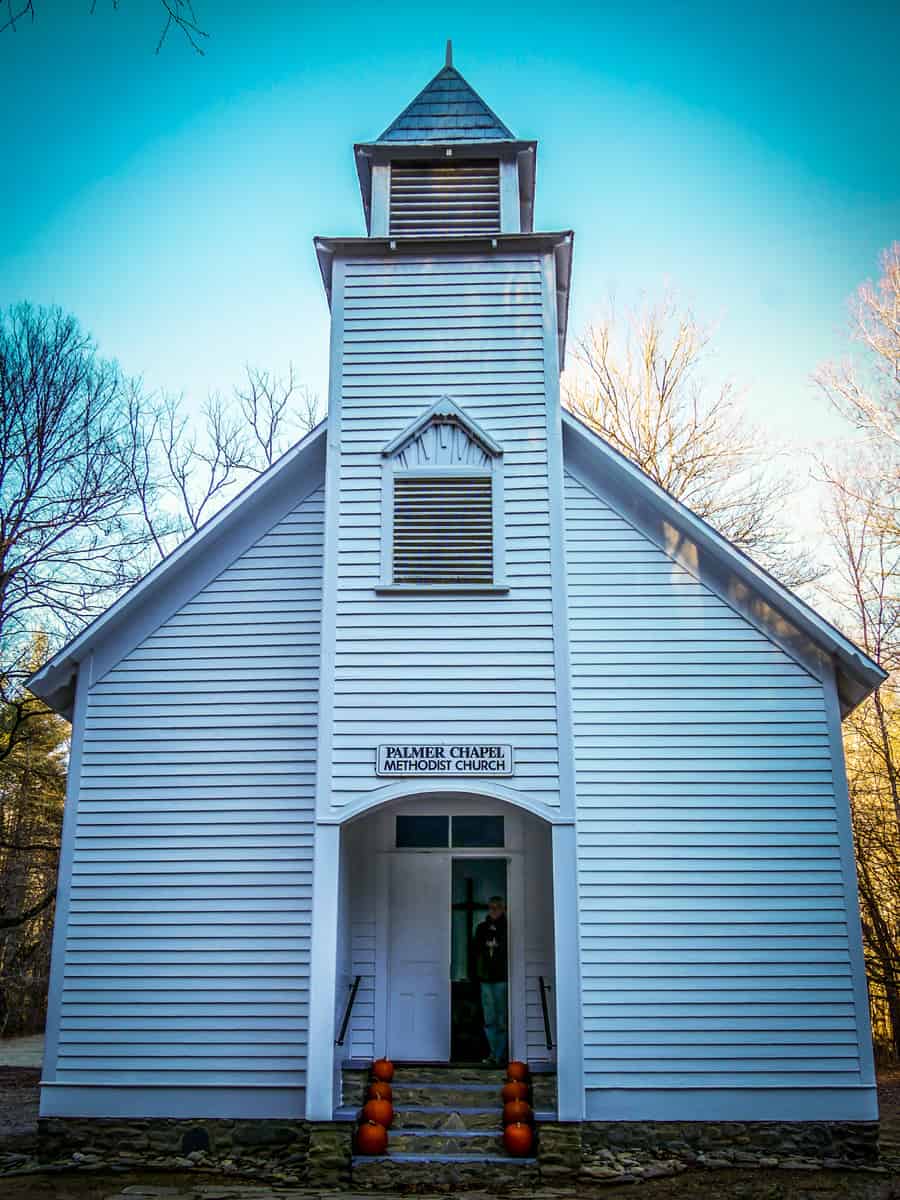
Access to Cataloochee Valley is via a winding, narrow road, which requires careful driving, especially for larger vehicles. Exploring the valley reveals well-preserved historic buildings like Palmer Chapel, Beech Grove School, and original homesteads open for self-guided tours year-round.
Come prepared with sufficient fuel and provisions due to the valley's remote location, which lacks food services and gas stations. Limited cellular service emphasizes the importance of proper planning and safety precautions. Picnic areas, hiking trails, and stream trout fishing are available for outdoor enthusiasts.
7. Abrams Creek
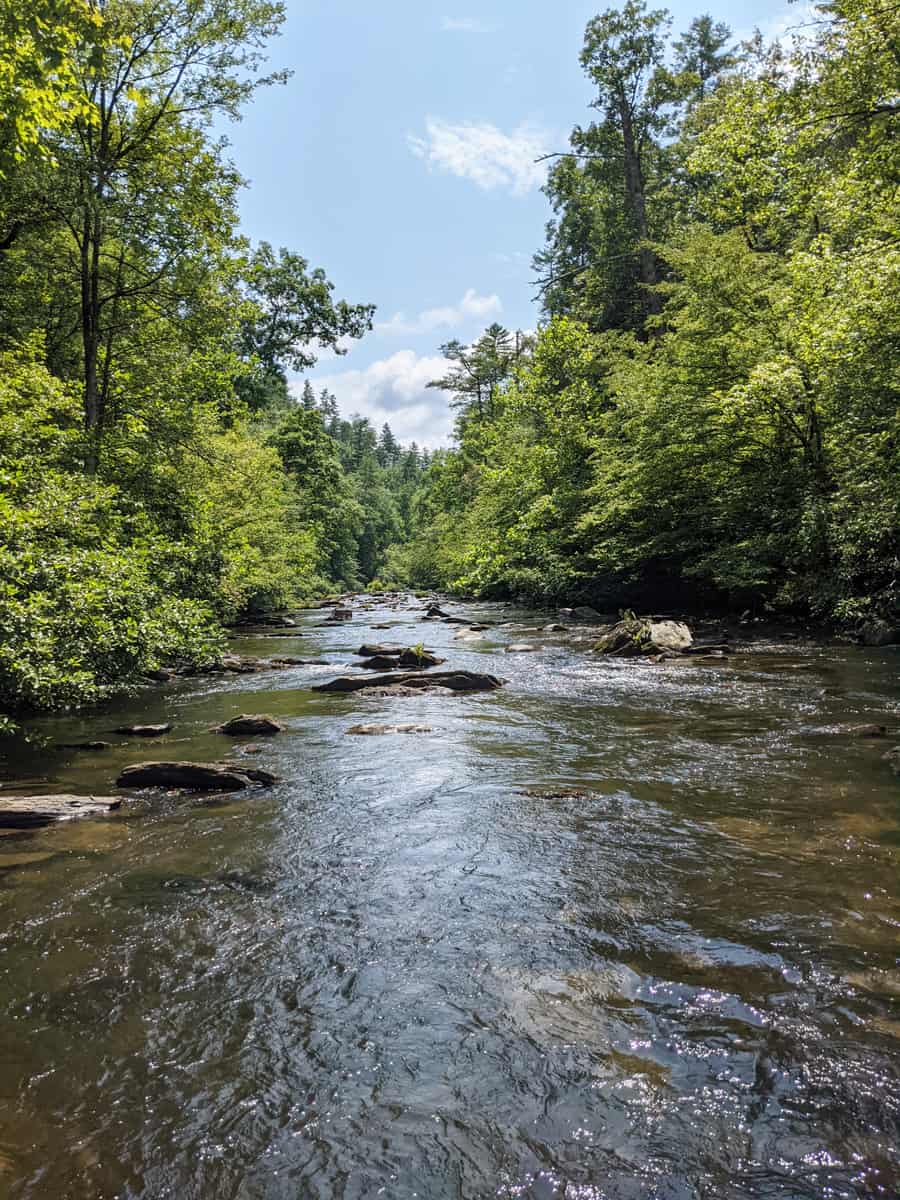
Abrams Creek is a tucked-away gem known for its exceptional fishing spots and tranquil hiking trails. This less-visited section of the park offers a peaceful retreat into nature, boasting lush forests, meandering streams, and wildlife.
Fishing enthusiasts should know specific regulations to preserve the creek's natural fish populations. A valid Tennessee or North Carolina fishing license is required, and catch-and-release practices are encouraged.
Abrams Creek offers various hiking trails of varying difficulty levels, with the Abrams Falls Trail being a highlight, leading to the spectacular Abrams Falls and its picturesque pool.
Camping at the Abrams Creek Campground provides a secluded experience with basic facilities and a first-come, first-served policy. Quiet hours in the campground are enforced from 10 PM to 6 AM, and campfires are allowed only in designated fire rings.
Due to limited cellular service, it's advisable to download or print maps and essential information before arriving and to come prepared for changing weather conditions.
8. The Jump Off
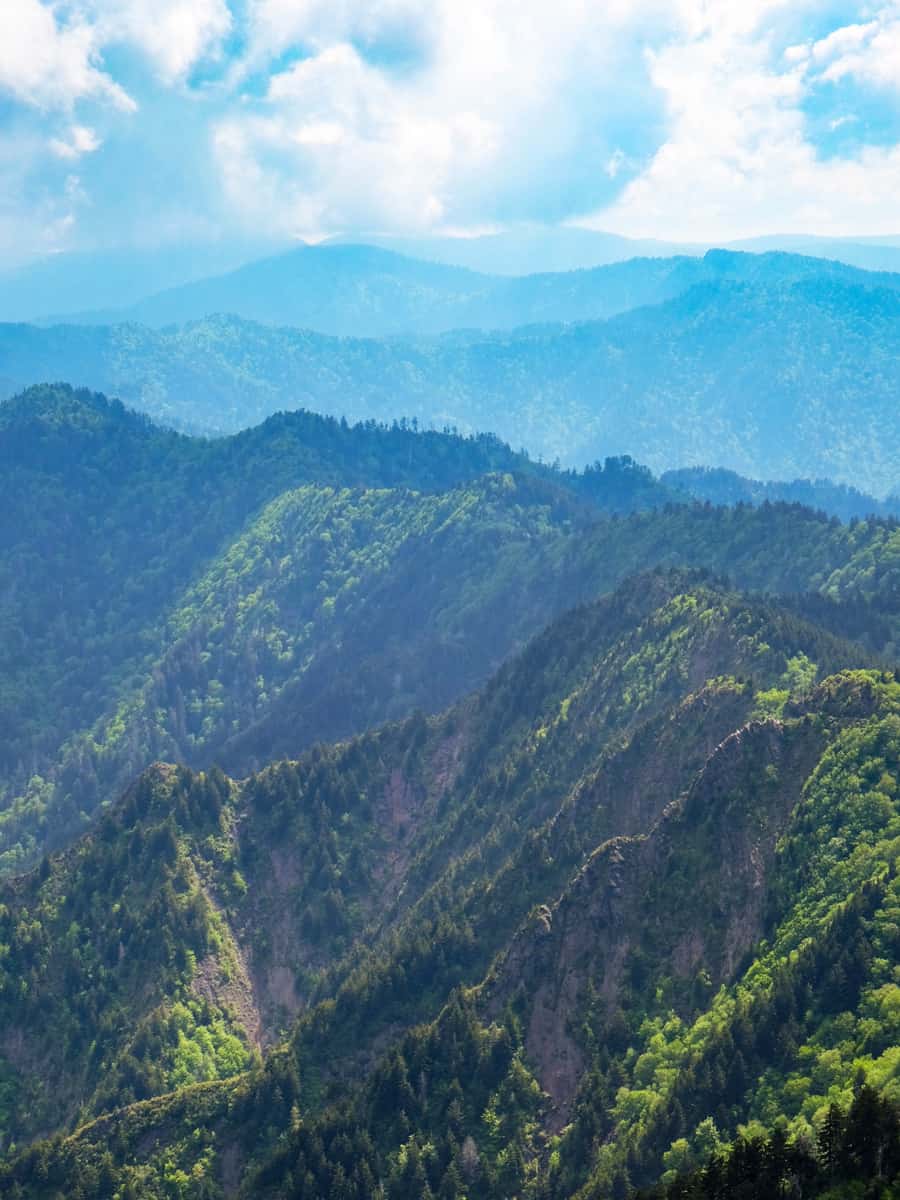
The Jump Off offers an exhilarating hiking experience culminating in a breathtaking viewpoint with dramatic vistas of the rugged mountain landscape.
This challenging 6.5-mile round-trip hike, starting from Newfound Gap, is perfect for adventurous hikers seeking rewarding panoramic views.
It involves steep sections and rough terrain, making it suitable for experienced hikers who should wear sturdy boots, carry sufficient water, and bring navigation tools. Checking the weather forecast is crucial, and hikers should be prepared for emergencies, as cell phone coverage is unreliable.
The viewpoint at The Jump Off features a sheer cliff with a 1,000-foot drop, offering stunning views of Charlies Bunion, Mount Le Conte, and the Smoky Mountains. It's an ideal spot for photography, with the best lighting conditions in the early morning or late afternoon.
Due to the popularity of the Newfound Gap area, parking can be limited, especially during peak seasons. Arriving early is advisable, and dressing in layers is recommended due to varying temperatures along the trail.
9. Baskins Creek Falls
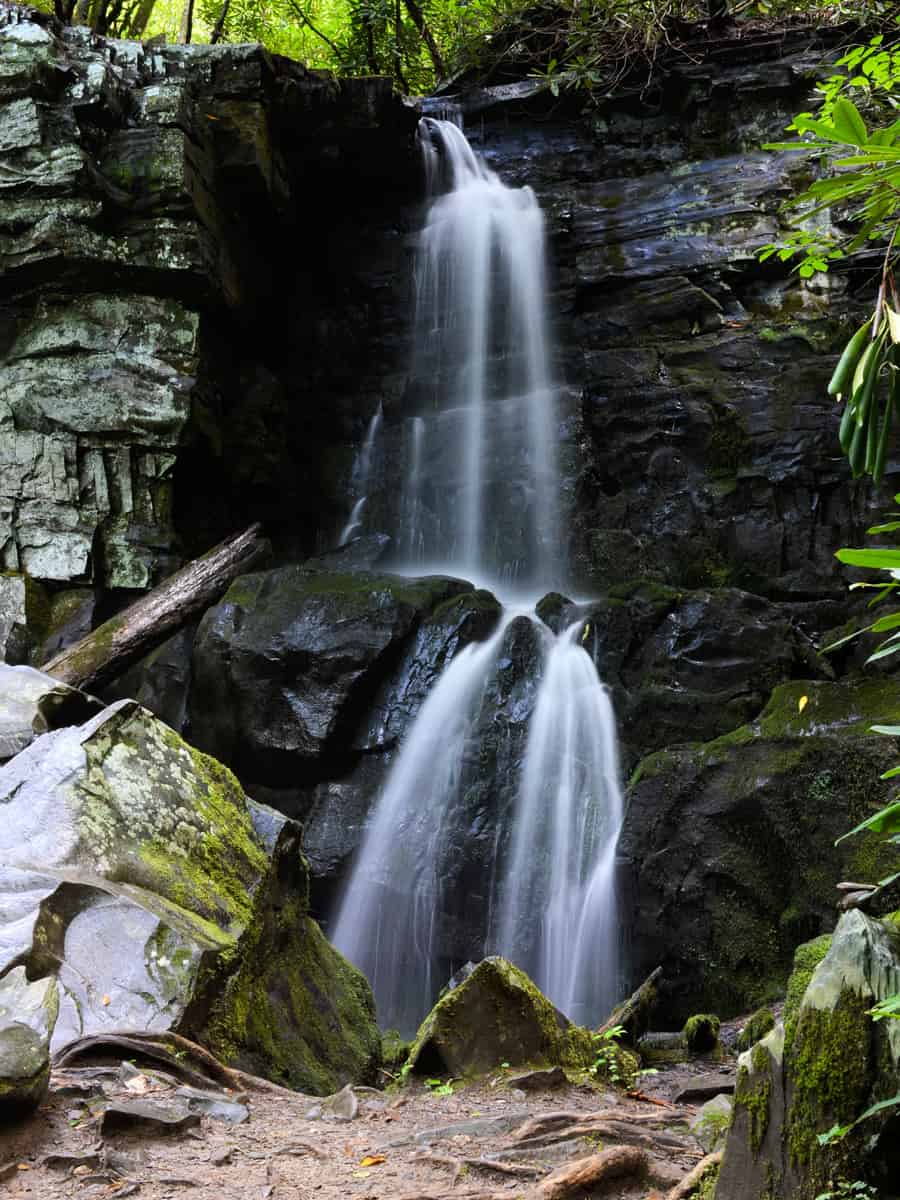
Baskins Creek Falls is a secluded and enchanting destination known for its two-tiered waterfall cascading 40 feet into a serene pool.
The moderately difficult 3-mile round trip hike, with an elevation change of about 600 feet, is well-maintained but may have narrow and slippery sections.
The best times to visit are after rainfall for peak water flow, in spring for lush vegetation and wildflowers, or in fall for vibrant autumn colors, making it a great spot for photographers.
Safety precautions are essential due to slippery conditions around the waterfall. There are no facilities at the trailhead or near the waterfall, so visitors should bring water, snacks, and supplies. Wearing sturdy hiking shoes and insect repellent during warmer months is recommended.
For more must-see waterfalls in the Great Smoky Mountains National Park, check out our guide: 10 Must-See Waterfalls in the Great Smoky Mountains That Even You Can Hike To
10. Cosby Campground
Cosby Campground provides a peaceful and serene camping experience away from the park's larger and busier campgrounds. It offers access to various hiking trails, including the path to Hen Wallow Falls, making it an ideal base camp for nature enthusiasts.
The campground provides spacious sites for tents and RVs, lacking electrical or water hookups but featuring fire rings with grills and picnic tables. Common amenities include potable water spigots and comfort stations with flush toilets but no showers.
Most campsites are first-come, first-served, with a limited number available for advance reservation through the National Park Service's system.
Surrounded by diverse flora and fauna, campers can encounter various bird species, small mammals, and lush vegetation typical of the Smoky Mountains. Quiet hours are enforced from 10 PM to 6 AM, campfires are allowed only in designated rings, and purchasing local firewood or bringing certified heat-treated wood is recommended.
Hiking trails, including the one to Hen Wallow Falls, are easily accessible from the campground, and campers should arrive early during peak seasons, come prepared with supplies, and follow proper food storage practices to respect wildlife.
11. Hemphill Bald Trail
The Hemphill Bald Trail is a moderate to strenuous 8.6-mile round trip hike accessed from the Caldwell Fork Trailhead and features gradual ascents and descents, making it manageable for hikers with moderate experience.
Notable aspects of the trail include passing through various ecosystems, such as hardwood forests, rhododendron tunnels, and open balds. The Hemphill Bald itself is a grassy expanse providing unobstructed views of the Smoky Mountains, perfect for picnics and photography.
The trailhead is commonly found at the Caldwell Fork Trailhead in Cataloochee Valley, with early arrival recommended during peak seasons. After the hike, you can explore the nearby Cataloochee Valley, famous for its elk population and historic buildings, or cool off in the park's mountain streams.
Hiking the Hemphill Bald Trail, with varying landscapes and panoramic views from the bald, makes it a must-do for nature enthusiasts and photographers — much like these national parks in our list: 9 Most Scenic U.S. National Parks for Stunning Photography.
Hiking with a partner is advisable, given the spotty cell service in the park, so downloading or printing maps and trail guides ahead of time is recommended.
Create Your Smoky Mountain Memories
The Great Smoky Mountains offer countless hidden gems waiting to be explored beyond the popular spots. Wherever your interests lie, prepare for an unforgettable outdoor adventure surrounded by natural beauty and history.
Be sure to check trail conditions, pack adequate supplies, and tread lightly. With some preparation and a spirit of discovery, a whole new side of the Smokies awaits you!
So take that first step down a new trail and find the wonder for yourself — make your special memories discovering these local secrets!

You have pin points on the but no numbers or names to show locations of which
Hi Mary! Thanks for your feedback. We have added the numbers.